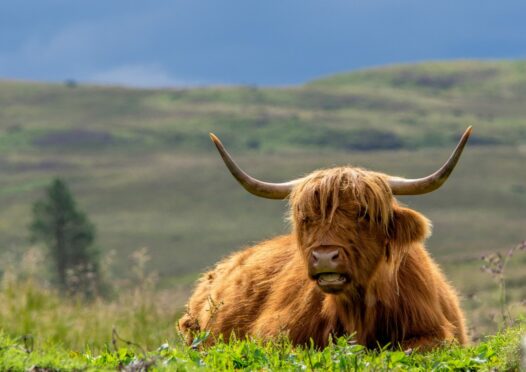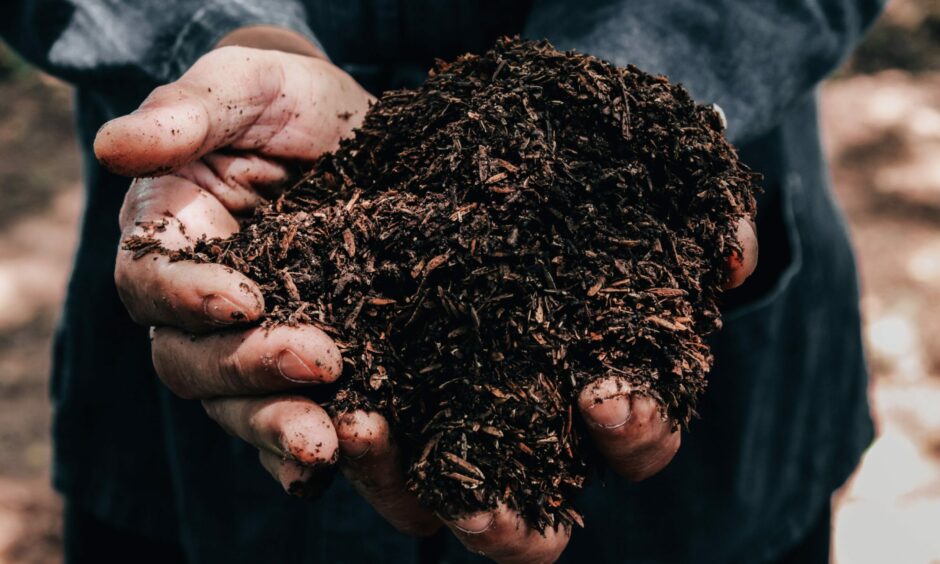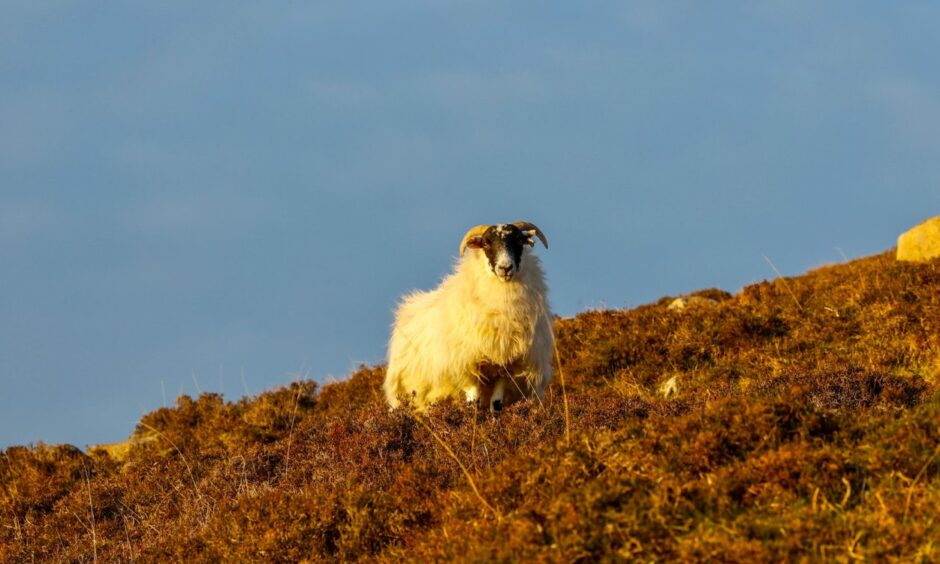Regenerative farming seems to have become the new ‘go to’ phrase in discussions about future agricultural policy here in Scotland.
And to be clear – I have no problem with the principles behind regenerative farming.
It is simply that I feel – and fear – that many now throwing the phrase into policy discussions seem to be unclear about what it means on the ground.
Those who have been practising it for years appreciate that regenerative farming is an approach that goes beyond simply adopting any specific management technique.
In particular, it involves a mindset change which focuses on ensuring that consideration of nature is more fully integrated into the wider farming system.
Taking such an agroecological approach therefore involves implementing farming practices that reduce emissions, help sequester carbon, reduce the use of synthetic pesticides and fertilisers, tackle pollution and help restore biodiversity.
The regenerative farming ethos also seeks to recycle resources on farm and help support the growth of processing, marketing and distribution businesses within local supply chains.
Hence, those in the industry currently thinking that they can embrace regenerative farming by simply switching to rotational grazing or paying closer attention to their soil structure are really missing the point.
In addition, if future agricultural policy puts a focus on regenerative farming without defining it, then that has the potential to mislead the public and consumers with regard to what range of outputs will actually be delivered.
We therefore need to ensure that we are much clearer about what future support payments are intending to achieve.
That means we need to recognise that some of our farming systems do need to change markedly – especially in the lowlands where the landscapes have been simplified through loss of habitats – in order to restore the biodiversity that was once there.
But we also need to recognise and acknowledge that not all of our farming systems are intrinsically bad for biodiversity, and that some are already providing valued biodiversity outputs.
Indeed, many of the habitats and associated wildlife species that we put high nature conservation value on across Europe need livestock grazing to maintain them.
Some of these habitats require extensive grazing throughout much of the year while others only need short bursts of intensive grazing at the right time.
Such High Nature Value (HNV) farming systems have been around for centuries – and certainly well before regenerative farming was a twinkle in anyone’s eye.
They still cover 30% of Europe but are under threat. And we should not take our eyes off the ball about that fact.
In Scotland, HNV farming systems are associated with farms and crofts where semi-natural vegetation makes up a high proportion of the available forage resource and where livestock graze that resource at low densities.
These HNV holdings account for less than 5% of the total number of holdings in Scotland yet the combined area of farmland accounts for more than 40% of the agricultural area of Scotland.
Ensuring the continuation of appropriate grazing practices will therefore be fundamental to maintaining the existing biodiversity interest on these HNV farms and crofts.
But HNV farming systems are not just important for biodiversity – they also have immense social, cultural and landscape values.
Some of us have been highlighting this for decades whilst policy makers have paid lip service to the HNV term but done little to support these systems effectively.
We certainly need to encourage a move to more regenerative farming approaches across much of Scotland. But existing High Nature Value systems also need – and deserve – to be supported.
And future agricultural policies need to reflect that.
Related:
Robert Ramsay: Regenerative agriculture is ‘proper farming’
- Professor Davy McCracken is head of SRUC’s hill and mountain research centre at Kirkton & Auchtertyre Farms near Crianlarich in Perthshire.


